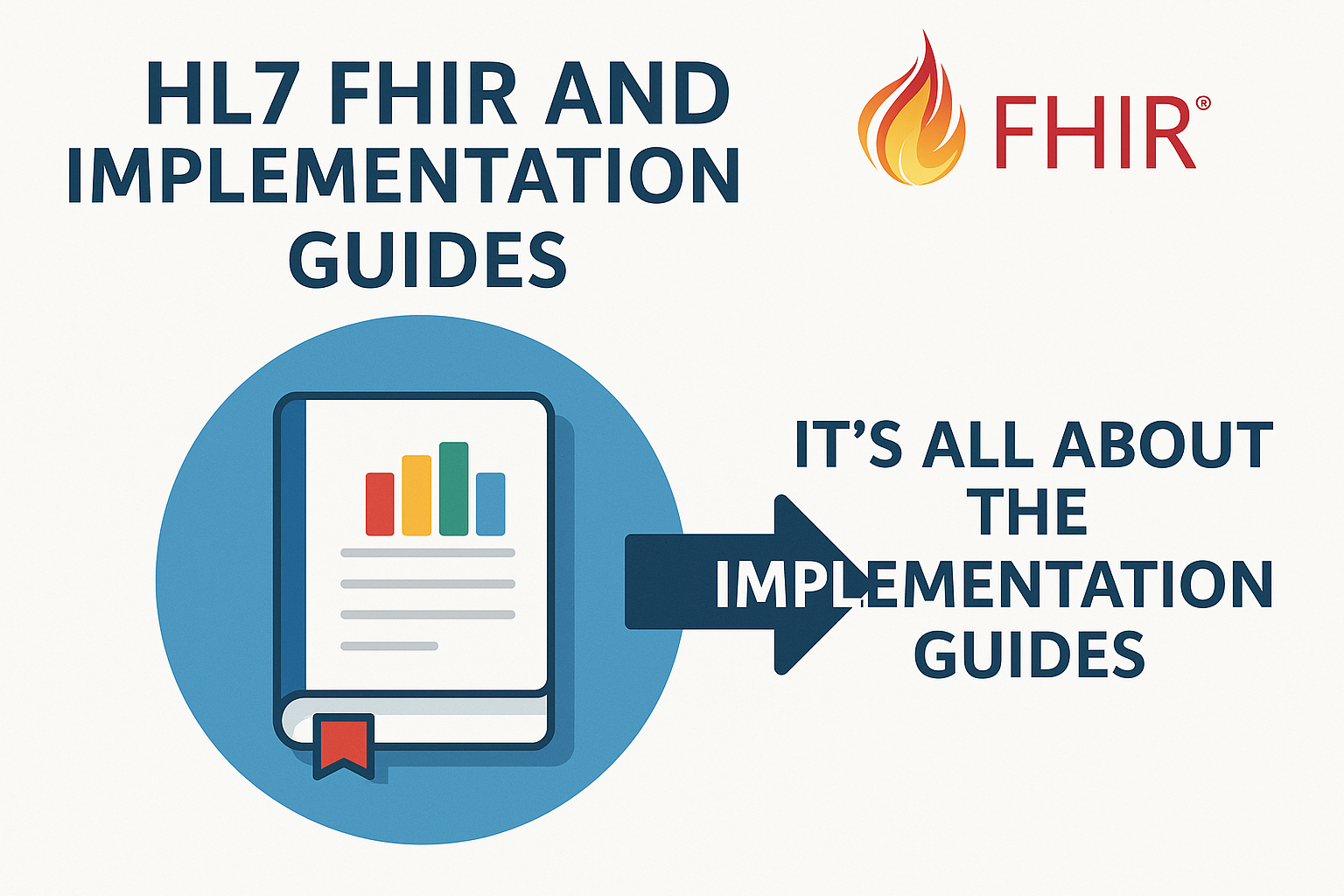By Mark Scrimshire, Chief Interoperability Officer, Onyx; Co-Chair, HL7 Financial Management Work Group; active contributor to WEDI
The FHIR community is buzzing about the upcoming FHIR R6 release — and with good reason. It’s a major milestone that’s already generating thoughtful discussion across the industry, including a recent post by Darren Devitt who offered an excellent overview of what’s changing and why it matters.
For those of us focused on U.S. implementation, particularly payers working toward US Core 6.1.0 and the CMS-0057 Prior Authorization Rule, the question isn’t whether R6 is important — it’s what to do about it right now.
My short answer: Relax. Stay focused on R4. Stay focused on implementing US Core 6.1.0, PDex 2.1.0, CARIN Blue Button 2.1.0, and Da Vinci CRD, DTR and PAS Implementation Guides.
FHIR R6 is likely to go through to 2 or 3 ballots before it reaches a normative status. Even then, in the US market, at least, the issue will be the Implementation Guides you will be required to implement as a result of Federal regulation.

If you take a look at US Core roadmap that has been laid out for the transition of US Core to providing FHIR R6 support it is still dependent on the ASTP/ONC specification advancement process that is then committed into regulation.
In January 2026. The USA healthcare community shifts to supporting US Core 6.1.0 as the new baseline. The Argonaut community is looking at how to manage the transition. It will take time and R4 support will continue for a number of years.
This document by Eric Hass is well worth a read. It lays out the approach that the community is taking to advancing USCDI and US Core and the transition from R4 to R6.
For implementers the signal to watch for will be when ASTP/ONC issues adopts a version of US core that is built on R6. As of now that is not likely to happen until 2027 at the earliest and then there is typically a 1-2 year delay before community adoption is enforced.
So for US implementers the advice is; stay focused. Get the current versions implemented, but stay involved in the Argonaut and Da Vinci Communities to track any late breaking changes to the Implementation guides that are pointed to by regulation. The objective here is to implement the versions of IGs that work, rather than the versions specified in regulation. What do I mean by that?
CMS Regulation provides the flexibility to adopt newer versions of IGs than are cited in regulation. The Da Vinci community is continually refining and incorporating input from the community of implementers that improves the implementability of the IGs. The objective is to achieve interoperability and not to check a box on compliance requirements.
So Relax. Keep Implementing. Interoperability requires collaboration and community. Let’s work together to make this work.
